Top 10 Travel Experiences to Remember Forever, Part 1
When I’m not on the road I’m either planning my next trip or reminiscing about previous ones. And I find that reading others’ gives me ideas for future trips. I’ve loved each and every one of my trips, solo or not, challenging or easy. So for some travel inspiration, I’ve picked my top 10 travel experiences. Those that left a strong and lasting impression – good or bad – but which I’ll remember forever.
They may be in your country, or they may be similar to what you’ve experienced as well. Perhaps they are on your bucket list. You may not have heard of them but are now tempted to visit. Here is Part 1, in random order.
Odeon of Herodes Atticus, Athens, Greece
It all starts with the dull rhythmic thud of the drums, slow… steady… gradually building and becoming faster. Louder. The orchestra kicks in, adding to the crescendo. The electric guitars begin a face-off with the violins, and the hairs stand up on the back of my neck. The dying rays of the setting sun reflect off the stone walls. The terracotta colours are mesmerising as they shimmer and fade. It is the start of two of the best hours I’ve ever experienced. Yet I can’t help but wonder what my ancestors would have thought.
Nestled at the foot of the Acropolis and overlooked by the Parthenon, the odeon is an ancient amphitheatre. It was built by Herodes Atticus in memory of his wife in 161 AD. Since then it has been destroyed, buried and restored, and today hosts theatre and music events as part of the annual Athens Festival. I find it fascinating that I can sit in the same place as the ancient Greeks sat thousands of years ago and watch a show, just as they did. It’s one of my favourite places in the city where I grew up, my own backyard.
Not really one for Greek tragedies, I usually go for a concert if there’s one on when I’m in town. One year I managed both an opera and a Queen rock symphony. It’s that Queen show, a blend of electric guitars and the Athens Symphony orchestra, that has stayed with me.
Try to get there early so you can catch the sunset; I promise it’s worth it! Keep an eye on the Athens Festival website for the annual programme if this is on your list.
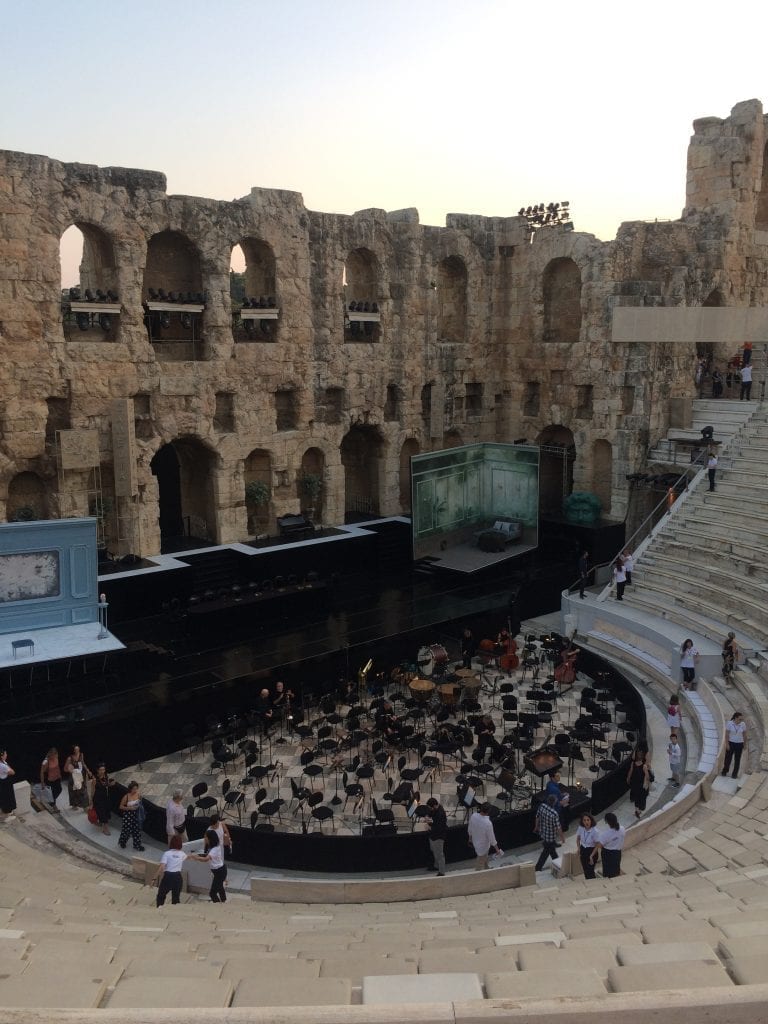
Top tip: don’t forget your own country!
Remember not to overlook your own country and what it can offer as one of your top travel experiences. We often see less of our own countries than we do of other destinations. Pretending to be a tourist gives you a different perspective on things that you might miss when rushing about every day.
Hagia Sophia, Istanbul, Turkey
I was on a whistle-stop tour of Istanbul, passing through on my way to central Turkey for a work project. All I had was an afternoon to take in the main sights and see as much as I could. With my Greek heritage, the first thing I headed for was Hagia Sophia.
Initially it was an Orthodox Church when it was first built in 537, in what was then known as Constantinople. It was later converted to a Catholic church and then a mosque and finally became a museum. But in July 2020 the Turkish government decided to revoke its museum status and reclassify it as a mosque.
One of the defining features of the building is that its central dome is only supported along the outer edges. There are no central columns. This leaves a vast open space under the dome, so large you wonder how it’s possible. On entering, I felt my breath catching. The central space is so expansive and open that I couldn’t help but be stopped short.
It saddened me to see the relics of its time as a mosque on the walls (when I was there it was still a museum). Not because I’m religious, but because it’s part of what changed the course of Greece’s history. As a mosque, history takes a new and different course.
But it won’t stop being just as breath-taking as you enter its humble wooden doors, and will remain one of my top travel experiences.
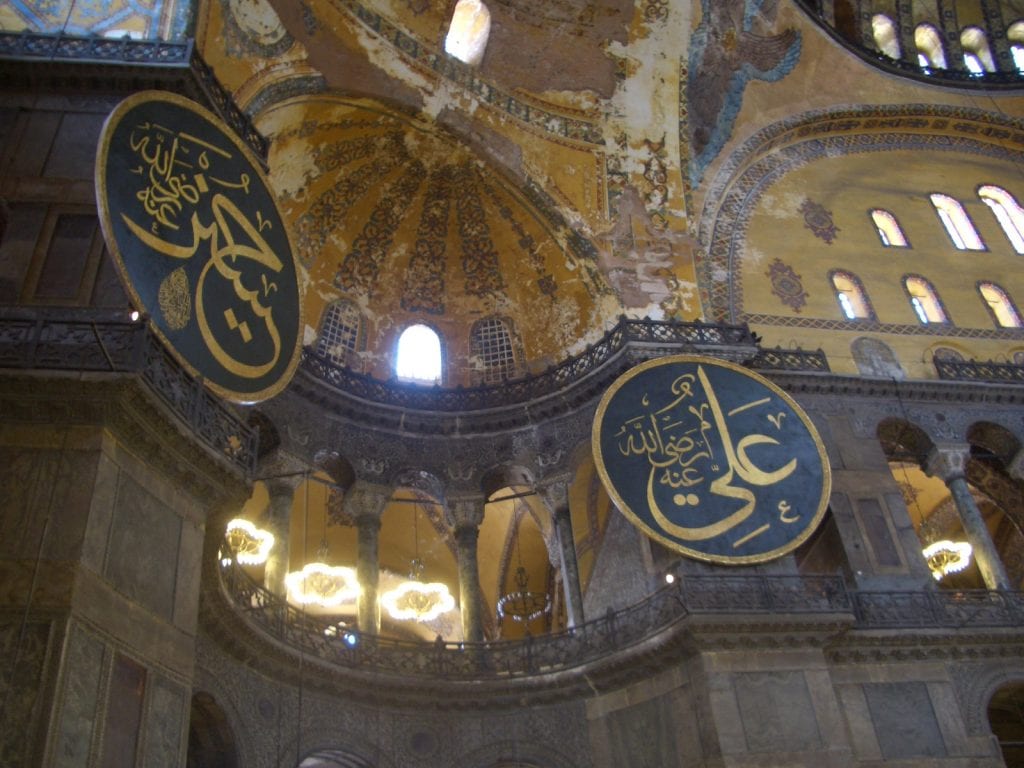
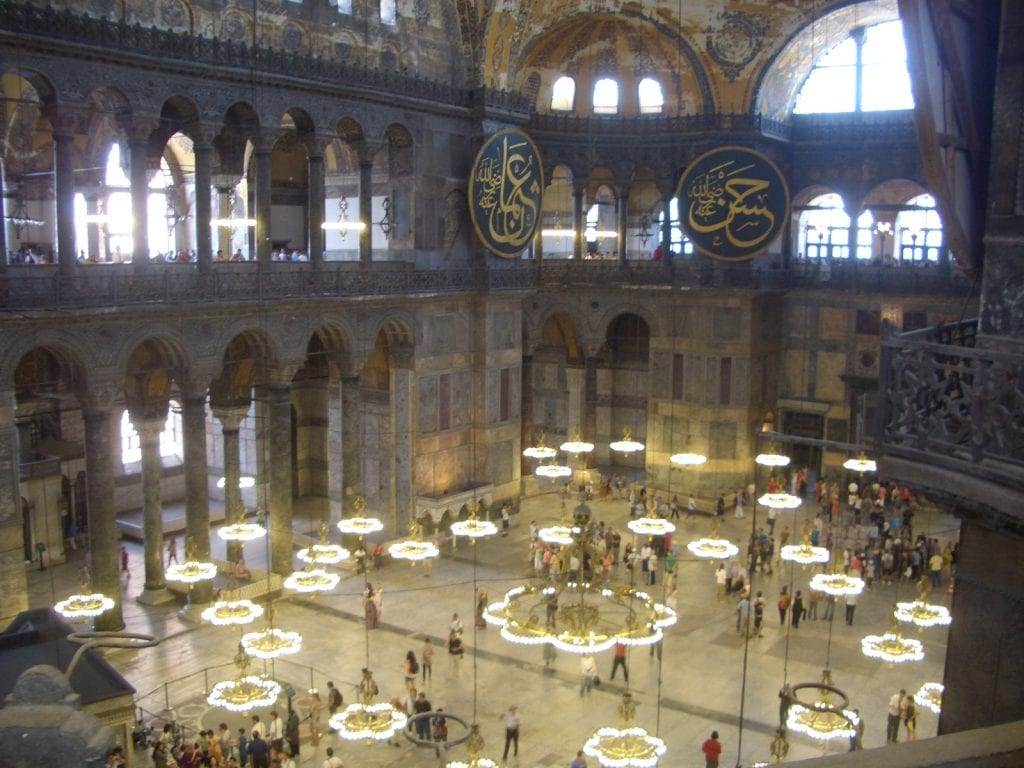
The Italian Chapel, Orkney Islands, Scotland
This was an unexpected discovery while on a business trip a long time ago, but it’s stayed with me because of its history and the sheer resourcefulness in building it. The Italian Chapel was constructed by a group of Italian prisoners of war (POWs) during World War II.
According to Orkney.com, the POWs found themselves transported to the Orkney Islands as part of a war effort. They were there to build sea barriers along Scapa Flow, the shallow section of water that sits between the islands. Home to a naval base at the time and with a long history of strategic importance dating back to the time of the Vikings, Scapa Flow was key to the war effort. The POWs worked to help build the causeways that link the islands.
The Italians requested a place to worship within their camp and got permission to build a chapel on Lamb Holm. What they accomplished is nothing short of spectacular. With limited building materials, they created a masterpiece.
Using two Nissen huts back to back, typically used as barracks, the interior is constructed of plasterboard and concrete. An entire chapel scene is painted on the inside, complete with brick walls, vaulted ceilings and buttresses. The exterior façade is constructed to look like a church rather than a barracks hut.
The chapel was only used for a short period of time before the POWs were released and was not fully completed until after the war.
If you’re looking for something different to the usual sights, something uplifting that will make you wonder at the strength of the human spirit, this is it.
The Killing Fields, Phnom Penh, Cambodia
The novelty of a tuk-tuk ride through central Phnom Penh had an edge to it. I was heading to the Killing Fields, now a memorial site for the genocide inflicted by Pol Pot’s Khmer Rouge regime in the late 1970s. It’s one of the places where executions took place over a period of 3 years, 8 months and 20 days. The numbers are hard to know for sure. But up to 3 million people, out of a population of 8 million, died in a massacre that took place during my lifetime.
Thankfully, it’s impossible to see this place now as was then. It’s remarkably peaceful, full of mature flowering trees, carpets of grass, hens scratching for food and colourful butterflies. A small pond is at one end and a river flows on the other side of the fence. There, life carries on as farmers graze their cattle along the banks and fish from canoes.
The audio guide tells me about the horrors that took place here, but the structures they happened in have been demolished. Signs replace them, giving a brief glimpse into the site’s history. What is still here is the location of the mass graves, victims’ bones and clothing, and around 8,000 skulls. Today, only a sign marks the number of bodies found in mass grave. But there is one with something more: a small bunch of red flowers and a tiny stuffed toy.
The experience is profoundly moving. It’s hard to comprehend how people can do this to each other. I sit motionless on a bench while I process the visit. Not the lightest travel experience, but the laughing, compassionate Cambodians of today are a reminder that it’s now part of history.
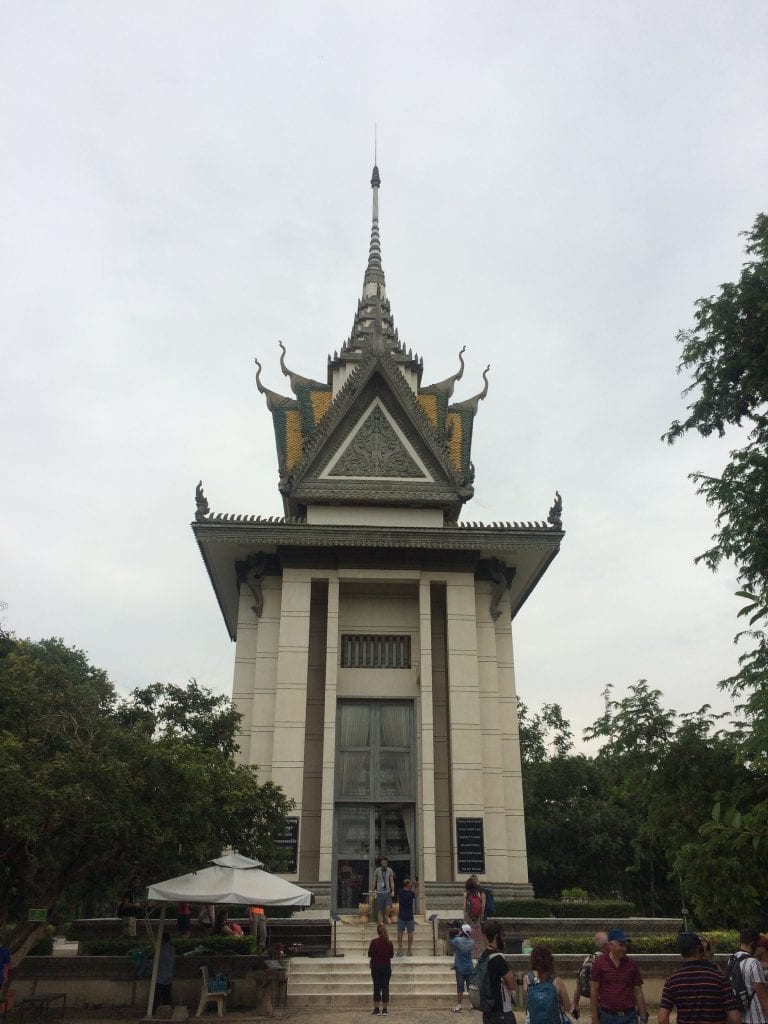
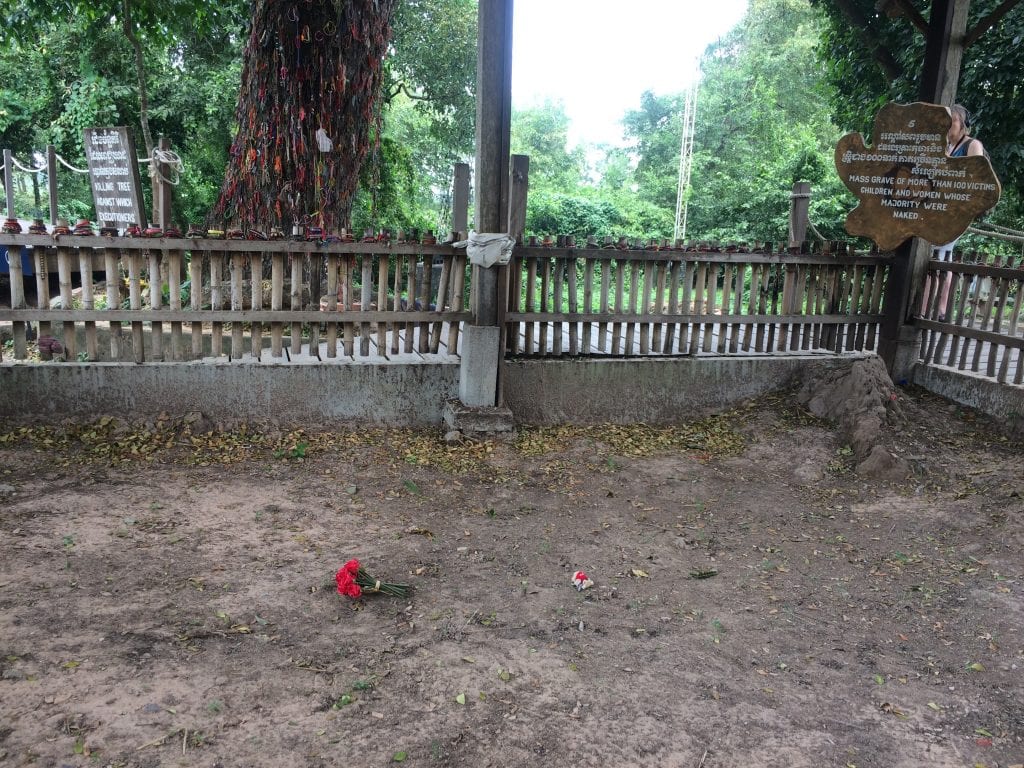
Ho Chi Minh Road, Vietnam
The Ho Chi Minh Road (not to be confused with the Ho Chi Minh Trail in Cambodia) was the secondary supply route between North and South Vietnam during the war. Running through the heart of the countryside, often close to the border with Laos, it gives you a sense of what the real Vietnam is like.
Away from the bright city lights and tourist destinations, there are few people on the Ho Chi Minh Road. I chose to do the trip with an Easy Rider – motorcyclists who strap your luggage onto the back of the bike and let you ride pillion. If you’re not a rider, it’s the next best way to experience this journey.
I spend 3 days riding past jungles, over mountain passes and through sleepy villages. I visited schools and communities and found a simpler way of life with few changes since the war. And I paid my respects at one of the war’s most brutal battle sites, Khe San, and went down into the Vinh Moc tunnels, where an entire village lived for years during the war.
The 3-day trip left me with indelible memories of a resilient people and remarkable landscape and remains one of my all-time top travel experiences.

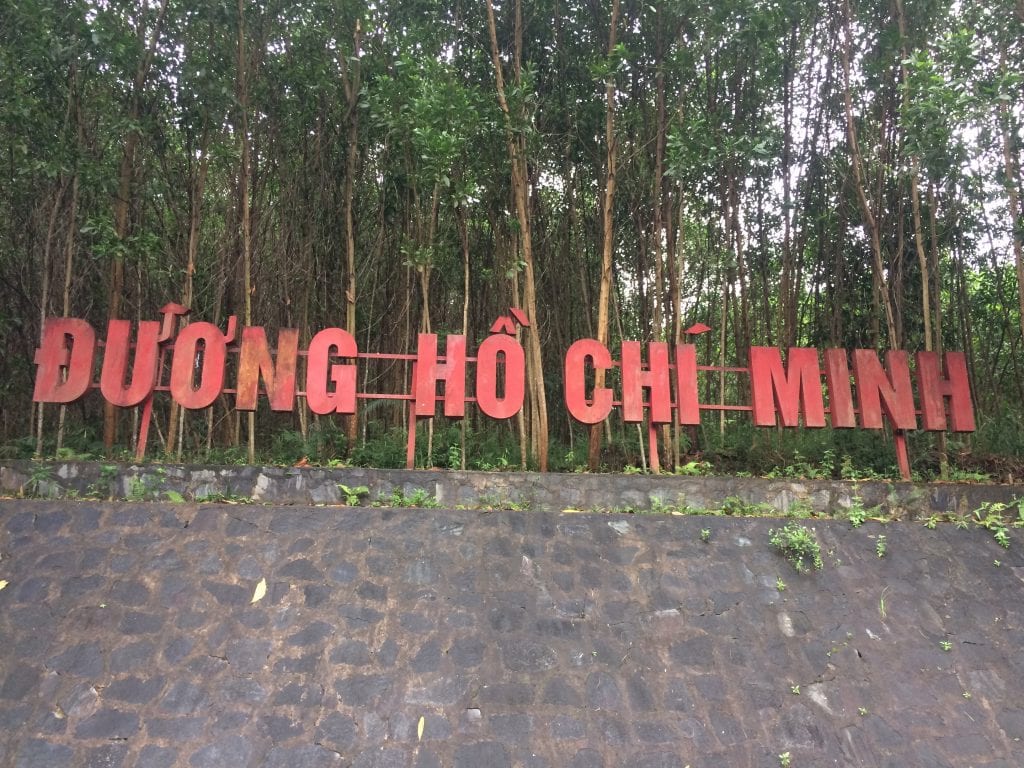
What did you think?
Do any of these sound familiar? Have you been to any, or want to know more about them? Get in touch if you have any questions, or post a comment below.
Post updated June 2025
